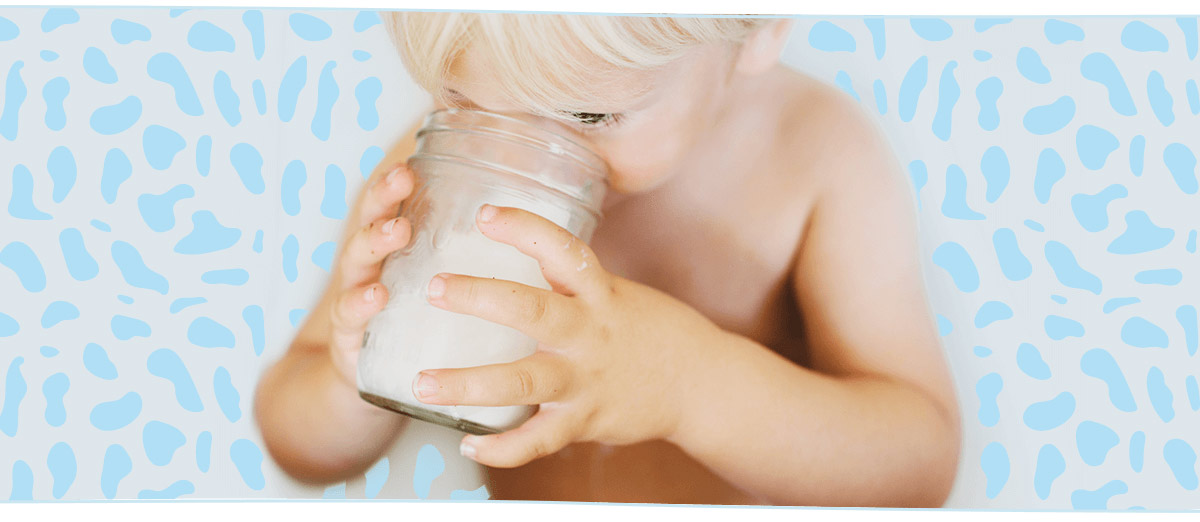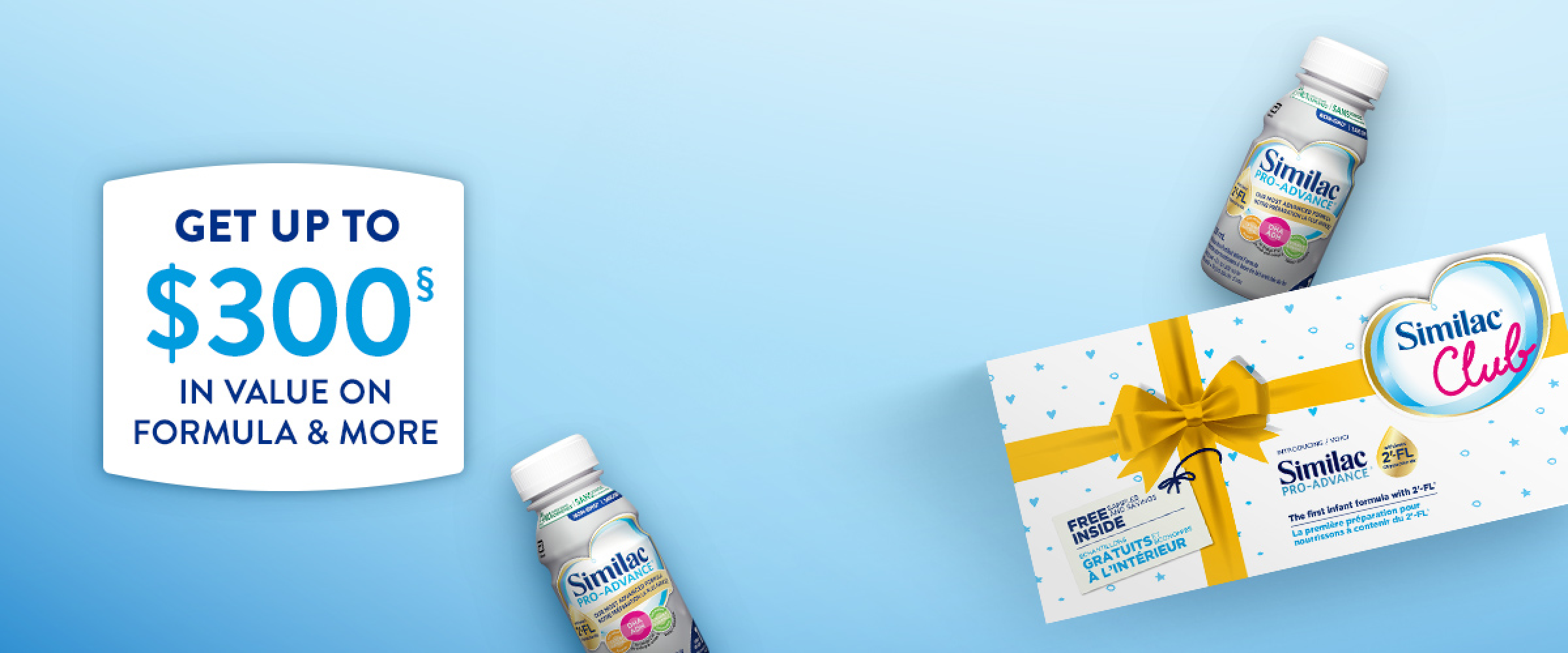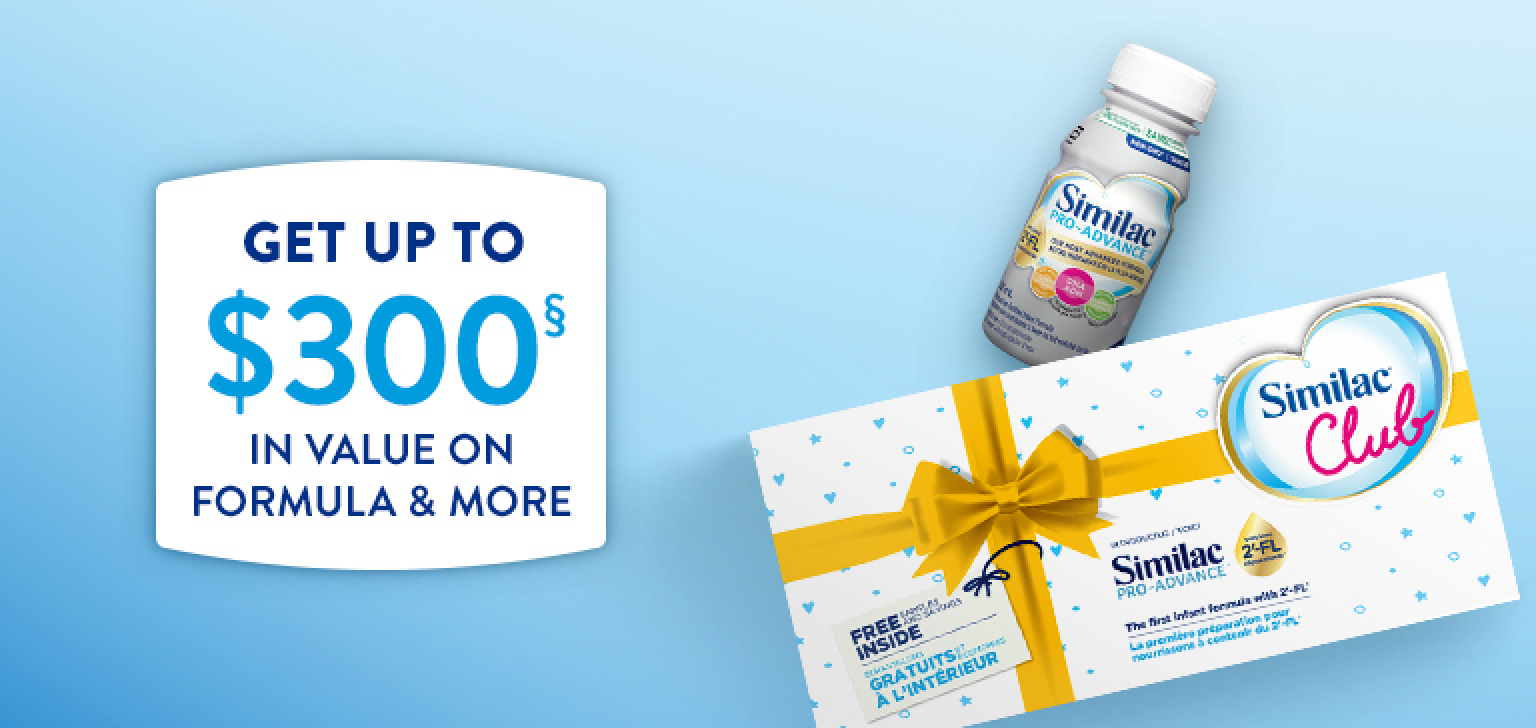The transition to cup feeding is like most other developmental milestones: it takes time.
Fluids introduced outside of breastfeeding or with complementary foods can be offered to older babies in an open cup. Hold the cup against your baby’s mouth. Initially, when the cup is presented, he will use the familiar suckling pattern. Slowly, he will develop a coordinated sucking action and will begin to hold the jaw in a stable open position as the cup approaches. “Sippy cups” do not support the development of mature drinking skills as the baby has to suck to get liquid out of these cups. An open cup is the most appropriate choice to encourage skill development and avoid prolonged bottle feeding.
As your baby gets older and begins to eat more and more solid foods, his intake of formula should decrease until the majority of his nutrition comes from solid foods. As babies make the transition to solid foods, it can be tough to ensure that they are getting what they really need. Similac® Advance® Step 2 and Similac® Isomil® Step 2 are specially designed to support 6- to 24-month-old babies as they transition to a variety of solid foods.





